Five-step plan explains how population genomics can reveal insights into fish spawning, migration and more
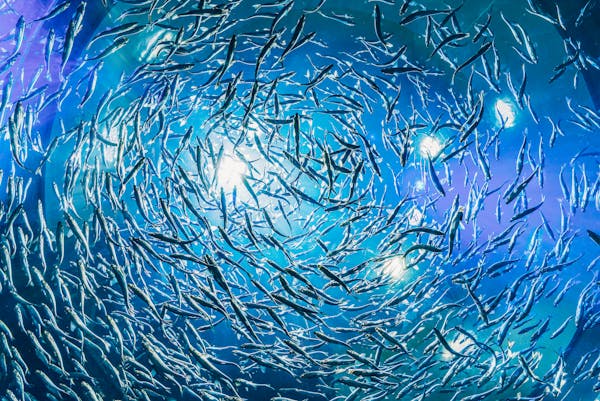
Researchers at the Texas A&M School of Veterinary Medicine & Biomedical Sciences (VMBS) have released a road map to help global fishing policy.
The five-step plan outlines how the fishing industry can use population genomics – large-scale comparisons of a species’ DNA – to prevent overfishing.
The road map, published in the Annual Review of Animal Biosciences, can also be used to monitor the genetic diversity of any species – not just fish.
“Unfortunately, over a third of the world’s fish populations are in decline due to factors like overfishing and global warming,” said Dr. Leif Andersson, a professor in the VMBS’ Department of Veterinary Integrative Biosciences. “Our road map can help the fishing industry keep a closer eye on fish populations so we know when to stop fishing them and also when they may need conservation help to restore their numbers.”
Using population genomics will allow the fishing industry to know the exact details of the fish they harvest, including where they spawn and where the population moves at different times of the year.
“Different populations of the same fish can have important distinctions – for example, even in an abundant species like the Atlantic herring we have many subpopulations,” Andersson said. “One type of herring may be adapted to live in warmer waters and another in colder temperatures. If you deplete one population, that specific variety may not return, and that can have consequences for people, other animals and the environment.”
Can tapping into environmental DNA reveal kelp’s carbon sequestration potential?
According to the new plan, monitoring a fish stock begins with sequencing the genome for that species, which reveals to scientists exactly what each section of an organism’s DNA does.
“The first step is to create a reference genome, which shows the function of each gene on each chromosome as completely as possible,” Andersson said. “Genes are significant because they determine everything from physical features (like scale color) to complex systems (like the immune system).”
Once population scientists have a reference genome of the species they want to monitor, they need a way to tell the difference between regional populations.
“Step two is figuring out where the fish are spawning: you need to know where the population that you want to monitor is reproducing,” Andersson said. “Once you know that, you have to take samples of fish at the spawning point and sequence their DNA. Then you can compare the population’s DNA to the reference genome and see the differences.”
Step three is measuring the frequency of genetic variation in the population.
“You need to know how different populations of the same fish are,” Andersson said. “For example, if you take 100 DNA samples from eels in England and the same amount from the Nile River in Egypt, you will see that there is no significant genetic difference. That’s because all eels are part of the same population – they have the same spawning area in the Sargasso Sea.”
“But herring are different,” he said. “If you take samples of herring from different regions of the Atlantic Ocean, you will find hundreds of places in the genome where there are differences. Each population of herring has adapted to its geographic location and will need a different management plan.”
According to Andersson, the last two steps involve using information from the previous steps to determine exactly how many different populations of a species there are.
“You can even focus your analysis further and use specific genetic markers to map out where each stock is at each point in the year,” he said. “It’s like having a genetic fingerprint that allows you to create a management plan that is specific to each stock.”
Defining and monitoring destructive fishing represents a new era in fisheries policy
Fishery authorities in Europe have already started using the management road map to monitor key populations of fish that are important to both the economy and local biodiversity.
While Andersson and his team won’t be collecting population data into a single database, he hopes that more people in the global fishing industry, from fishing companies to government fishing authorities, will also begin using the road map so that they become best practices for the entire industry.
“This kind of analysis would be valuable all over the world,” he said. “Fish are important to our planet’s marine ecosystems, and they’re also a healthy source of protein for humans. But many populations of fish depend on regional and seasonal factors that haven’t been well-understood until recently. We hope that population genomics can become a powerful tool for assessing and maintaining biodiversity, not just for fish, but for many species.”
Now that you've reached the end of the article ...
… please consider supporting GSA’s mission to advance responsible seafood practices through education, advocacy and third-party assurances. The Advocate aims to document the evolution of responsible seafood practices and share the expansive knowledge of our vast network of contributors.
By becoming a Global Seafood Alliance member, you’re ensuring that all of the pre-competitive work we do through member benefits, resources and events can continue. Individual membership costs just $50 a year.
Not a GSA member? Join us.
Author
Tagged With
Related Posts
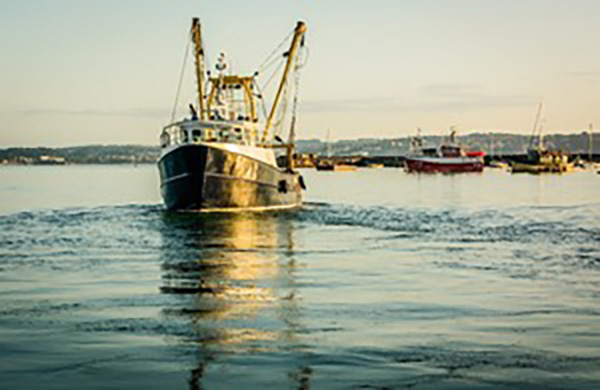
Fisheries
UK government embraces high-tech solution to safeguard fish stocks in English waters
Once operational, the UK plans to make Remote Electronic Monitoring technology mandatory for all vessels in five priority fisheries.
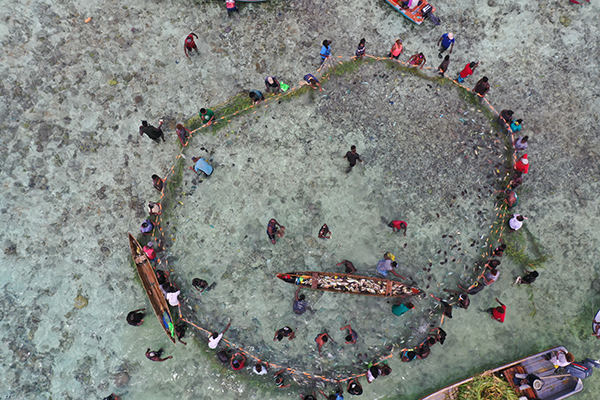
Fisheries
Protecting fish and communities should be balanced, concludes study of Marine Protected Areas
A study finds that Marine Protected Areas must be "flexible and responsive" to successfully restore fish stocks without harming communities.
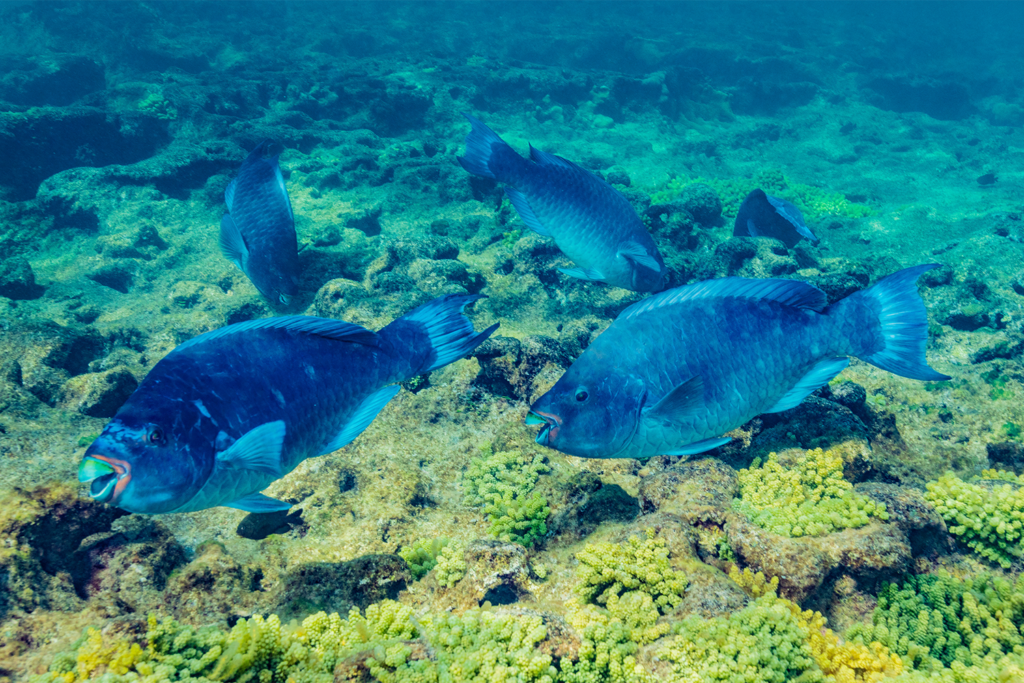
Fisheries
An inverted management strategy allowing limited fishing of endangered marine fish species in marine protected areas
If implemented correctly, endangered species would recover in the larger areas outside MPAs and fishers would benefit from the conservation value.
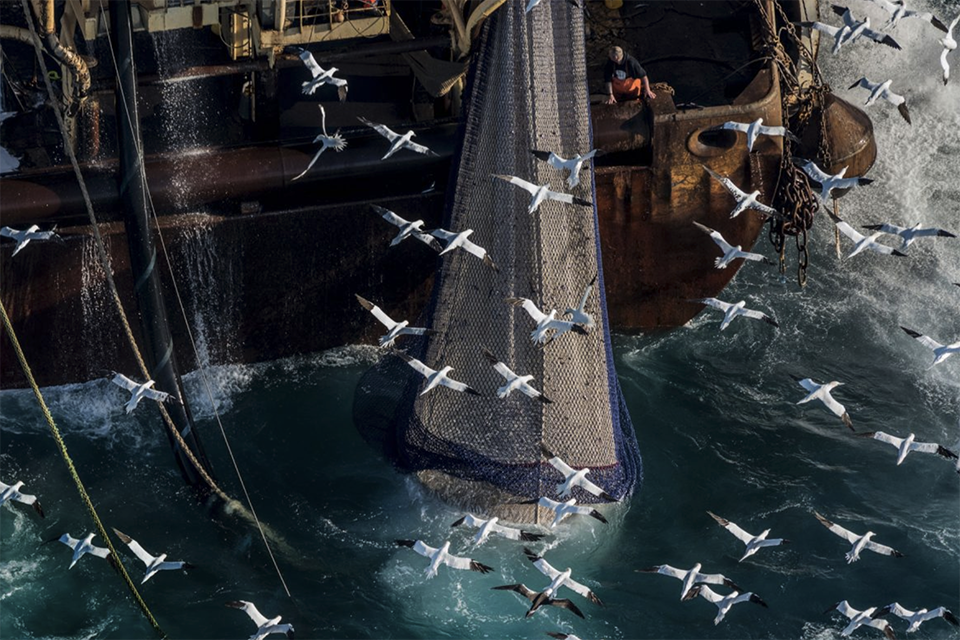
Fisheries
Newly established Global Fishing Index says nearly half of global fish stocks overfished – but is it right?
The decline in fish populations is "far worse" than previously estimated, according to the Global Fishing Index, a new assessment of fish stocks. One noted expert, however, disagrees.



